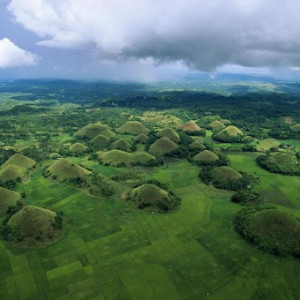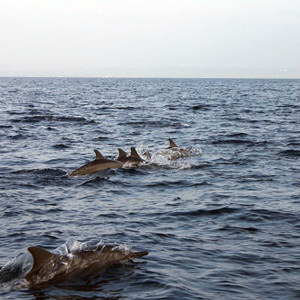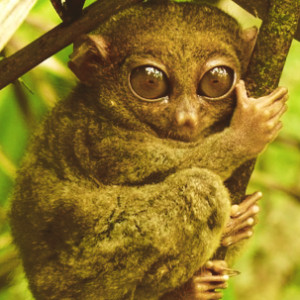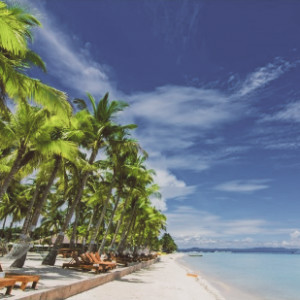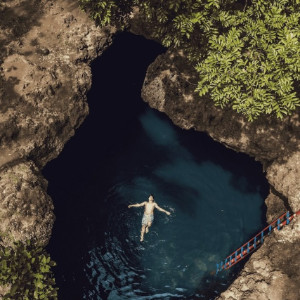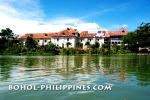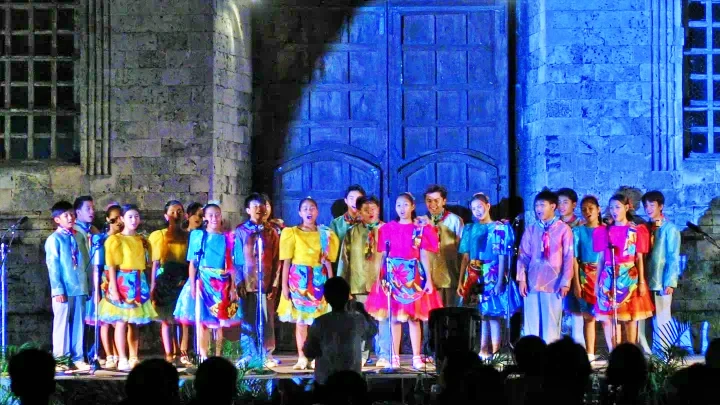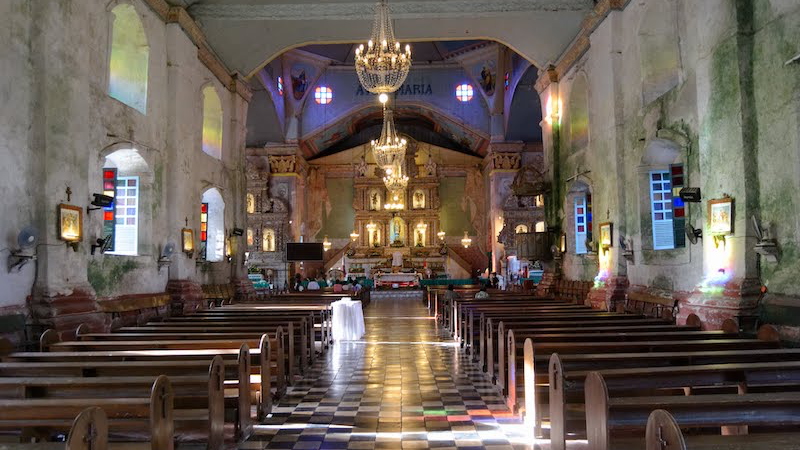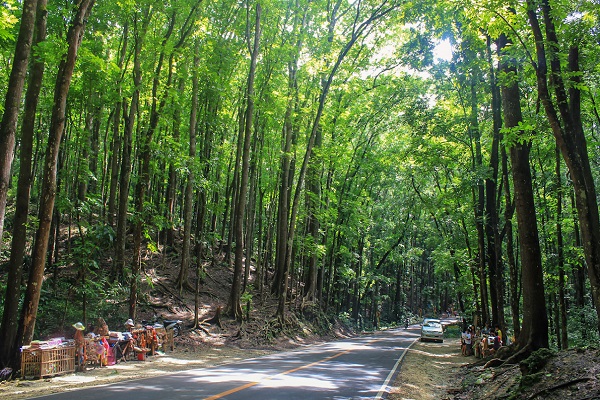- Bohol
- Bohol Attractions
- Bohol Towns
- Alburquerque Heritage
Alburquerque rich cultural heritage and traditional industries
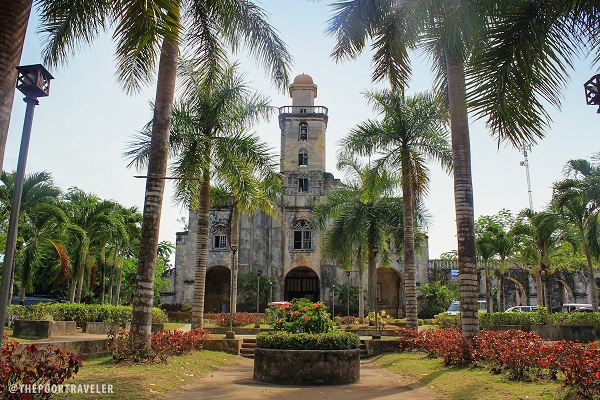
Secure your Cebu Bohol ferry tickets today to start your unforgettable journey!
Alburquerque, a municipality in Bohol, Philippines, is known for its rich cultural heritage and traditional industries that showcase the craftsmanship and resourcefulness of its people. The town takes pride in producing various native products that have become synonymous with its identity.
One of the notable native products of Alburquerque is the buri cloth. Buri is a type of palm tree that grows abundantly in the area, and its leaves are woven by skilled artisans to create intricately designed mats, bags, hats, and other woven products. The buri cloth is known for its durability and natural beauty, reflecting the town's commitment to preserving traditional weaving techniques.
Another traditional product of Alburquerque is salt. The town has a long history of salt-making, with families engaged in the production of salt through a traditional method called "panluto." This process involves evaporating seawater in large shallow pans to extract the salt crystals. The resulting salt is then carefully collected, cleaned, and packaged. Alburquerque salt is known for its distinct taste and high quality, making it a sought-after ingredient in local cuisine.
In addition to buri cloth and salt, Alburquerque is also known for its pottery making. Skilled artisans mold clay into various shapes and sizes, creating functional and decorative pottery pieces such as jars, vases, plates, and figurines. The pottery industry in Alburquerque showcases the town's creativity and craftsmanship, with unique designs and patterns reflecting the local culture and traditions.
Aside from these traditional products, Alburquerque is also involved in other micro-local industries such as calamay-making (a sweet delicacy made from sticky rice), basket and broom making, and weaving of raffia using locally made looms. These industries not only contribute to the local economy but also serve as a way to preserve and promote the town's cultural heritage.
Visitors to Alburquerque have the opportunity to witness these traditional industries firsthand. The Bohol Balai Inc., a collaboration between the municipality and a women's cooperative, showcases an assortment of native handicrafts, delicacies, clothing, and souvenir items. This cultural hub provides a glimpse into the skill and artistry of the local craftsmen and women.
By supporting and appreciating these native products, visitors contribute to the preservation of Alburquerque's cultural heritage and help sustain the livelihood of the local communities. These traditional industries serve as a link to the town's past while embracing the present, creating a vibrant tapestry of culture, creativity, and community in Alburquerque.
Place Mats
This is a home industry based in barangay Basacdacu wherein the weaver processes and weaves her buri cloth at home from local young buri leaves. The weaver produces rolls of 4 place mats each with the place mats joined by a finer buri weave. The end product is bought by the Toril Barangay Captain for export to Cebu where the place mats are cut from the roll. The midribs of the buri palm leaf are sold for basket making. Likewise, the buri stems (pawa) are bundled and sold to Tagbanue barangay for broom making.
Buri Cloth
Funded by the municipality of Albur, a weaving shed made of bamboo with zinc roofing was built in Basacdacu housing 20 looms made by local carpenters. This is now the Center wherein the buri cloth is produced. The weavers are extended financial help from the Self-Employment Assistant Program (SEAP) of the Social Welfare Program. Such funds are used in buying the “spears of young buri leaves which is obtained from the town of Inabanga.
The weavers process the leaves themselves. They separate the young buri leaves from the “spears”, strip the fiber from them with a knife, bleach them by soaking in water containing oxalic acid, then sun dry them at their homes. When dried, they then tie the fibers in sequence to make long skeins for weaving.
Weaving is done at the Center and the weavers do these 5 days a week from 9 am to 5 pm. They weave the white buri into 8-meter lengths of cloth, 30 inches wide. The cloth is rolled up as it is woven. A standard weaver makes an 8-meter roll in five days time.
The rolls of cloth are bought again by the Toril Barangay Captain, 30 rolls at a time. No deadline is imposed and more often than not, he gives a cash advance for the cloth. The cloth is exported to Cebu from the town of Tubigon where other orders are sometimes negotiated. Previously, the cloth were made into bags and wall or ceiling coverings, but was stopped due to lack of markets for such items. It is much easier to sell the rolls of cloth.
Recommended Bohol Philippines Tours
[ Bohol Sight Seeing Day Trips - Check Out Availability ]
[ Full Day Cruise and Sailing Tours - Check out Availability ]
[ Full Day Adventure Tours - Check out Availability ]
Discover more of Bohol's natural wonders through our recommended tours. Click on the links below to embark on unforgettable adventures:
Ready to explore the beautiful islands of Cebu and Bohol? Secure your ferry tickets today through 12go and start your unforgettable journey!
colored fiber Coasters
The 5-inch-square glass coasters used colored fibers. Such fibers are bought ready-dyed from the town of Inabanga. This product is produced in the Center and sold in Bohol.
spear-head-shaped buri fans
Several households of Albur earn thru the making of spear-head-shaped fans which are 30 inches by 30 inches in size. Smaller fans with a size of 18 by 18 inches are also produced. The fans are made using the strips of older buri leaves. The finished products are again bought by the Toril Barangay Captain for export to Cebu.
Albur Brooms from buri stems
In Albur, 50 households make brooms from buri stems which are procured from Basacdacu, Sikatuna and Loboc. Broom making is a long process. The buri leaves are soaked for 1-1/2 to 2 months until the fibers separate. They are then dried in the sun. The fibers with darker brown color are rejected for they are weak.
Bundles of fiber are bend double over both sides of a wooden peg through the end of a short, thin bamboo pole that forms the handle and ties them on with one or two strong fibers. A baton of wood is then placed on each side of the fan of fibers, and the two batons tied to each other at the ends. Cutting the fibers to the same length levels the broom end.
Larger brooms uses an extra bundle of fibers which are added to each side of the fan of fibers and tied in several places to the broom handle by encircling them and the handle with strong plastic twine. A few green or red fibers are included on each side for decoration. The ends of these extra fibers are cut straight on the handle, and the broom is made stronger by sewing through all the fibers across the narrower part of the fan-shaped broom.
traditional Salt making in alburquerque
Another income generating venture of the people of Albur is salt-making. Production begins when the upland farmers plow their fields for rice production. This is because the "asinderos" or salt-makers trade their salt for rice in a barter system, and salt production takes about as long as the growth of the rice it will be exchanged for.
The fibrous husks of a large number of coconuts are placed in pits on the landward edge of the mangrove area. These fill with seawater at high tide, and this is retained in the pits for the salt water to be absorbed into the fiber of the husks. After an unspecified time of soaking, the husks are removed from the salt water and allowed to dry, and then burned in the center of the salt-making hut to leave a fine ash mixed with salt.
The ashes are then packed in a cone of bamboo about 1½ meter high. Seawater is poured into the top of the cone and leaches out the salt in the ash as it passes through. The water is caught in a wooden trough below the cone. This extra-salty water is then put into very small clay pots, and these pots wedged together in a series of "bridges" across a large gutter made from compacted coconut husk ash.
A fire of palm wood is stoked beneath the suspended pots to "cook" the salty water. The water evaporates, leaving the dry salt in the pot. More and more of the super-salty water from the ash-filled cone is continually added to the pots. The fire is kept burning, until the pots are full to the brim with salt. It takes one day to obtain the ash from the dried coconut husks, and 100 pots can be filled with dry salt over the fire in 3 hours.
creative red clay Pots
Albur has an abundant supply of red clay and so a fairly large number of families are engaged in the pottery business. The pottery-making enterprise is located beside the main road in East Poblacion. Clay is dug from a pit near the sea, and mixed with silicate soil before being ground through the large rollers of an electric mill, in a pit beside the pottery works. This is mixed with water and molded into pots of various sizes and shapes on a potter’s wheel, rotated by the potter pushing round a car wheel below the turntable with his feet.
Various clay pots are made. Some of the finished products are tall and large, elegantly-shaped pots for storing water; round-bottomed pots for cooking and straight-sided water pots used in the poultry as well as the round-bottomed pots for salt making. These are in addition to the common flower pots of different sizes and shapes, and the decorative jars. There is no limit to the creativity of each potter.
Top of Albur's Native Industries
Ready to explore the beautiful islands of Cebu and Bohol? Secure your ferry tickets today through 12go and start your unforgettable journey!
recommended hotel booking
Book your stay in Bohol's breathtaking surroundings through Agoda and experience the ultimate relaxation
Top 25 Sights and Attractions in Bohol
- Chocolate Hills
- Tarsier Conservation Sanctuary
- Panglao Island
- Loboc River Cruise
- Hinagdanan Cave
- Balicasag Island
- Alona Beach
- Bilar Man-made Forest
- Blood Compact Shrine
- Baclayon Church
- Bohol Bee Farm
- Anda Beach
- Sipatan Twin Hanging Bridge Loboc
- Danao Adventure Park
- Sagbayan Peak
- Butterfly Conservation Center
- Clarin Ancestral House
- Dimiao Twin Falls
- Mag-Aso Falls
- Anda White Beach
- Lamanok Island
- Rajah Sikatuna Protected Landscape
- Dauis Church
- Can-umantad Falls
- Punta Cruz Watchtower
Top 20 Destinations of Bohol
- Tagbilaran City
- Panglao Town
- Talibon Town
- Anda Town
- Loboc Town
- Dauis Town
- Ubay Town
- Tubigon Town
- Loon Town
- Jagna Town
- Alicia Town
- Carmen Town
- Getafe
- Danao Town
- Bilar
- Alburquerque
- Sierra Bullones
- Sagbayan Town
- Baclayon Town
- Antequera
Ready to explore the beautiful islands of Cebu and Bohol? Secure your ferry tickets today through 12go and start your unforgettable journey!
All Rights Reserved ©2023. Bohol Philippines Travel Guide
Address: Talibon, Bohol, Philippines

